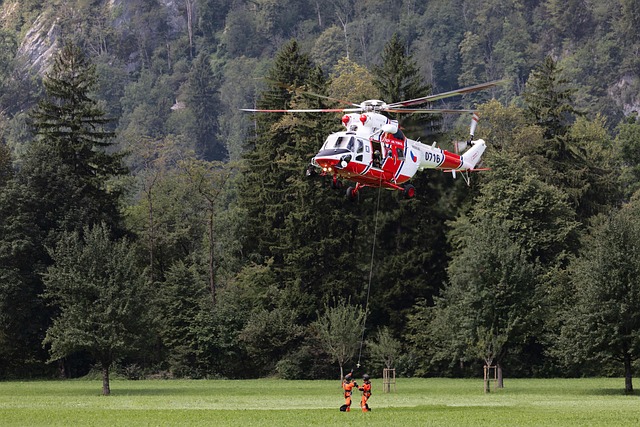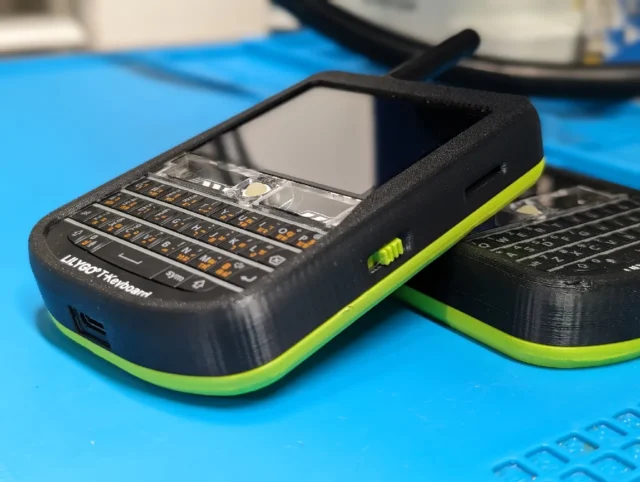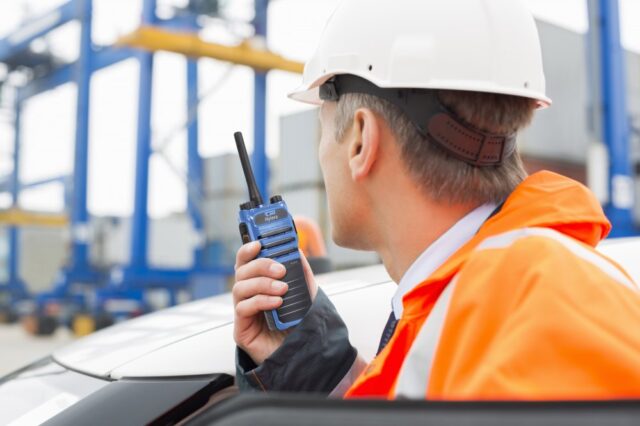Mountainous environments present unique challenges for rescue operations. Rapidly changing weather, difficult terrain, and the lack of infrastructure all demand fast and reliable communication. In such conditions, VHF (Very High Frequency) radio systems play a critical role—whether it’s locating missing hikers, conducting avalanche rescues, or coordinating emergency helicopter evacuations.
Basics of VHF Radio Systems
The VHF frequency range typically spans from 30 to 300 MHz. In practice, the 136–174 MHz (VHF) and 400–470 MHz (UHF) bands are most commonly used for rescue operations. These frequencies offer an excellent balance between transmission range and penetration through natural obstacles like vegetation and terrain.
Key features of VHF radios:
- Direct communication (simplex): Requires no network infrastructure.
- Use of repeaters: Greatly expands signal coverage.
- Instant response: No call setup delays.
- Rugged design: Weatherproof, dustproof, and shock-resistant units.
Communication Challenges in Mountain Environments
Mountains introduce several specific communication difficulties:
- Line-of-sight limitations: Radio signals are highly dependent on terrain.
- Signal shadowing and reflection: Rocks, trees, and topography can distort or block signals.
- Battery life issues: Cold weather reduces battery efficiency, increasing energy demands.
Advantages of VHF Radios Over Other Systems
There are several alternative communication options such as mobile networks, satellite phones, or digital radio systems. However, VHF radios offer unique advantages:
- Independence from infrastructure: No reliance on cell towers or satellite coverage.
- Instant communication: Immediate push-to-talk functionality.
- User-friendly operation: Minimal training required.
- Group communication: Enables one-to-many broadcasting with a single button press.
Real-Life Use Cases
Avalanche Rescue
Time is critical in avalanche scenarios. Ground teams stay connected with each other and central command via VHF radios. These devices are used to alert all teams about changing weather conditions, additional avalanche risks, or victim locations.
Hiker Search and Rescue
When hikers go missing or are injured, rescue teams divide the search area into sectors and maintain constant communication via VHF. Often, hikers also carry handheld VHF radios, allowing direct communication with rescuers.
Helicopter Coordination
Synchronization between air and ground units is essential. VHF radios allow pilots and field coordinators to communicate in real-time regarding landing zones, weather conditions, and victim status.
Recommended Equipment and Protocols
Suggested VHF Radio Models (U.S. Specific)
- Motorola APX 8000 – A high-performance multiband radio used by many U.S. public safety agencies; supports VHF, UHF, and 700/800 MHz.
- Kenwood NX-5200 – Part of Kenwood’s NX series, supports both analog and digital (NXDN/P25) modes; ruggedized and field-proven.
- BK Technologies KNG2-P150 – Widely adopted by U.S. Forest Service and wildland fire agencies; robust, VHF-specific, and GPS-enabled.
Communication Protocols
- Keep messages short and clear – Minimizes interference and distortion.
- Use call signs – Every unit identifies itself to prevent confusion.
- Acknowledge every message – Ensures accurate understanding.
- Priority hierarchy – Emergency messages take precedence.
Field Experience and Feedback
In the United States, organizations such as the National Park Service (NPS) and volunteer-based search and rescue (SAR) teams like those in Colorado and California heavily rely on VHF radio systems. For example, Yosemite National Park employs dedicated VHF channels for coordinating backcountry rescue operations, which often include helicopter support, canine units, and multiple search teams. Feedback from these professionals highlights the unmatched reliability of VHF radios in rugged, high-altitude terrain where cell service is non-existent and satellite communications may be delayed. Teams emphasize the importance of simple, clear protocols and durable equipment that can withstand harsh environmental conditions.
Legal and Frequency Considerations
In the U.S., the Federal Communications Commission (FCC) regulates the use of VHF radios. Emergency services operate on licensed, protected frequency bands. Recreational users may utilize FRS (Family Radio Service) or GMRS (General Mobile Radio Service) radios, with the latter requiring a license. These can be useful for outdoor enthusiasts, although their power and range are limited compared to professional equipment.
Future Developments and Trends
Future VHF systems will likely integrate with mobile data and satellite networks. Key upcoming features include:
- Encrypted digital communication
- Built-in GPS tracking
- Bluetooth and Wi-Fi connectivity
- AI-assisted noise filtering and voice recognition
Practical Tips for Using VHF Radios Outdoors
- Always carry spare batteries or a power bank.
- Pre-configure emergency frequencies and channels.
- Use headsets or earpieces in noisy environments.
- Check antenna condition and placement for better reception.
- Practice radio communication protocols regularly, even outside of emergencies.
In mountain rescue and outdoor emergency scenarios, VHF radio systems remain essential tools. Their reliability, simplicity, and instant communication capabilities have made them foundational in effective rescue operations. As new technologies emerge, VHF systems continue to evolve while maintaining their indispensable role in the battle against the forces of nature.
Image(s) used in this article are either AI-generated or sourced from royalty-free platforms like Pixabay or Pexels.
Did you enjoy this article? Buy me a coffee!






